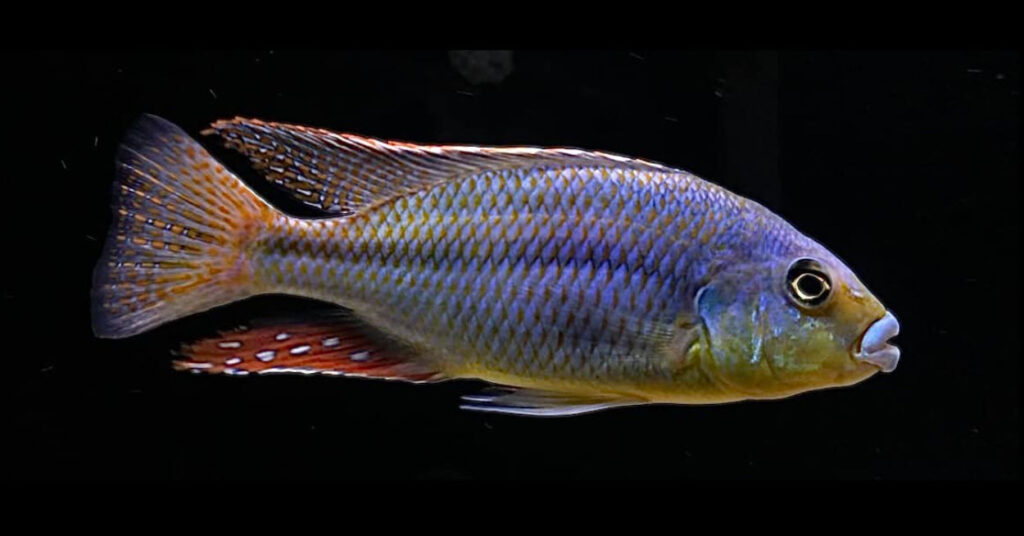There were many light standards which were developed for the incandescent bulb. With the advent of the fluorescent tube and LEDs most of these standards become obsolete. But one sees them still used to refer to the lights’ “strength” and spectral analysis. The standards include lumens, degrees Kelvin (°K) and PAR.
A shop white LED light can have a high “watts equivalent”, degrees Kelvin and lumens. A grow light will have a low “watts equivalent” and lumens simply because of the fact that it is largely crimson and blue light which the human eye and various instruments do not see as very bright (degree Kelvin is meaningless with a grow light). But plants will grow very well under a grow light. Plants use only the crimson and blue light to do photosynthesis in low to moderate light conditions. At high light intensities white light adds some to the process. A grow light will have a high PAR while a shop white LED will have a low PAR.
Lumens
Lumens does not measure grow lights very well. A grow light will have low lumens simply because of the fact that it is largely crimson and blue light. The instrument that measure lumens look at the “brightness ” of a light as the human eye sees it. And the human eye does not see blue and crimson light as “bright”. So a high powered LED grow light will have very low lumens. But it will grow plants much better than a daylight LED with high lumen values.

Degrees Kelvin
Degrees Kelvin is another standard which just cannot be applied to todays LED lights. White lights for aquariums are often defined by “color temperature” It is the light spectrum produced by theoretical “black body” of a certain temperature (degrees Kelvin, °K). A high color temperature (> 7000 °K) gave off a bluish tint while a color temperature under 4000 °K gives a yellowy tint, corresponding to an old-fashioned light bulb. Sunlight has a blackbody temperature of 5780 °K.
But this standard doesn’t accurately describe the output of either fluorescent or LED lights. A single number just cannot describe the spectral curve of a florescent or LED light.
The white LED bulbs in a LED fixture are often defined by this color temperature. For instance, one LED fixture had thirteen 6,000 °K white, fourteen 9,000 °K white, seventeen 10,000 °K white, three blue, seven red and three blue lunar LED’s (blue lunar LEDs simulate the nighttime moon). This description by three numbers is better than using one number but it can still be confusing and inaccurate.

PAR Values
When concerned with supporting a planted aquarium, hobbyists in the past looked for PAR values of light fixtures. PAR or Photosynthetically Active Radiation designates a spectral range of light that plants utilize during photosynthesis. It is a measure of the amount of blue/violet and red light that the lights give out. These are the wavelengths used by plants.
PAR values vary at different depths and distances from the LED light source. In other words, the same grow light LED fixture will have multiple PAR values depending on depth.
The inverse square law for electromagnetic radiation describes that measured light intensity is inversely proportional to the distance squared from the source of radiation. But this ONLY applies to unfocused light going in all directions from something like a star. It does not apply to a focused light like an LED.
Due to the relatively complex nature of expressing PAR levels and a lack of standardization, not all manufacturers will provide PAR information the same way. Indeed, most grow light LED manufacturers do not provide PAR data at all. So PAR values are pretty meaningless when looking at different LED lights.
And good PAR meters are very expensive. But they do have a use in the very high tech planted aquariums where one wants to know exactly how much “good light” a plant is getting.

Conclusie
Lumens, PAR and degrees Kelvin (°K) are obsolete standards which are pretty much useless when it comes to describing the attributes of a modern LED aquarium light. The only good way to look at LED light is to look at the spectrum which most manufacturers will provide. This spectrum tells what the aquarium will look like and how well plans will grow under such light. These spectrums and how they affect fish and plants can be found in this link:
14.4.1. Het spectrum van lichten
The “strength” of a given LED light is best looked at from the standard of actual watts multiplied by eight. If an LED grow light has an actual wattage of 13.5 watts, then its relative strength is 8 x 13.5 = 108 equivalent watts. The intensity of an LED light, assuming the same reflectors, is straight line dependent on the wattage of the LED.

Social Media Stubbornness
But note that as usual if you offer up this analysis on social media, you will encounter inflexible and authoritative claims to the contrary. I answered one question in Facebook on LED lights with the comment:
“One needs to look at the spectrum of the LED to know how much it will benefit plants. Both strong blue components and strong crimson components must be in the spectrum. And the spectrum combines with the wattage to provide an accurate picture of the usefulness of an LED light”.
Another commenter came back with:
“LEDs don’t rely on wattage, and spectrum is important but lumens & par is more important. The colors won’t do anything if its too dim but you can have a strong white light and do better with plants than multispectrum grow lighting of lower lumens & par.”
Nothing could be further from the truth. Such is the world of social media.



